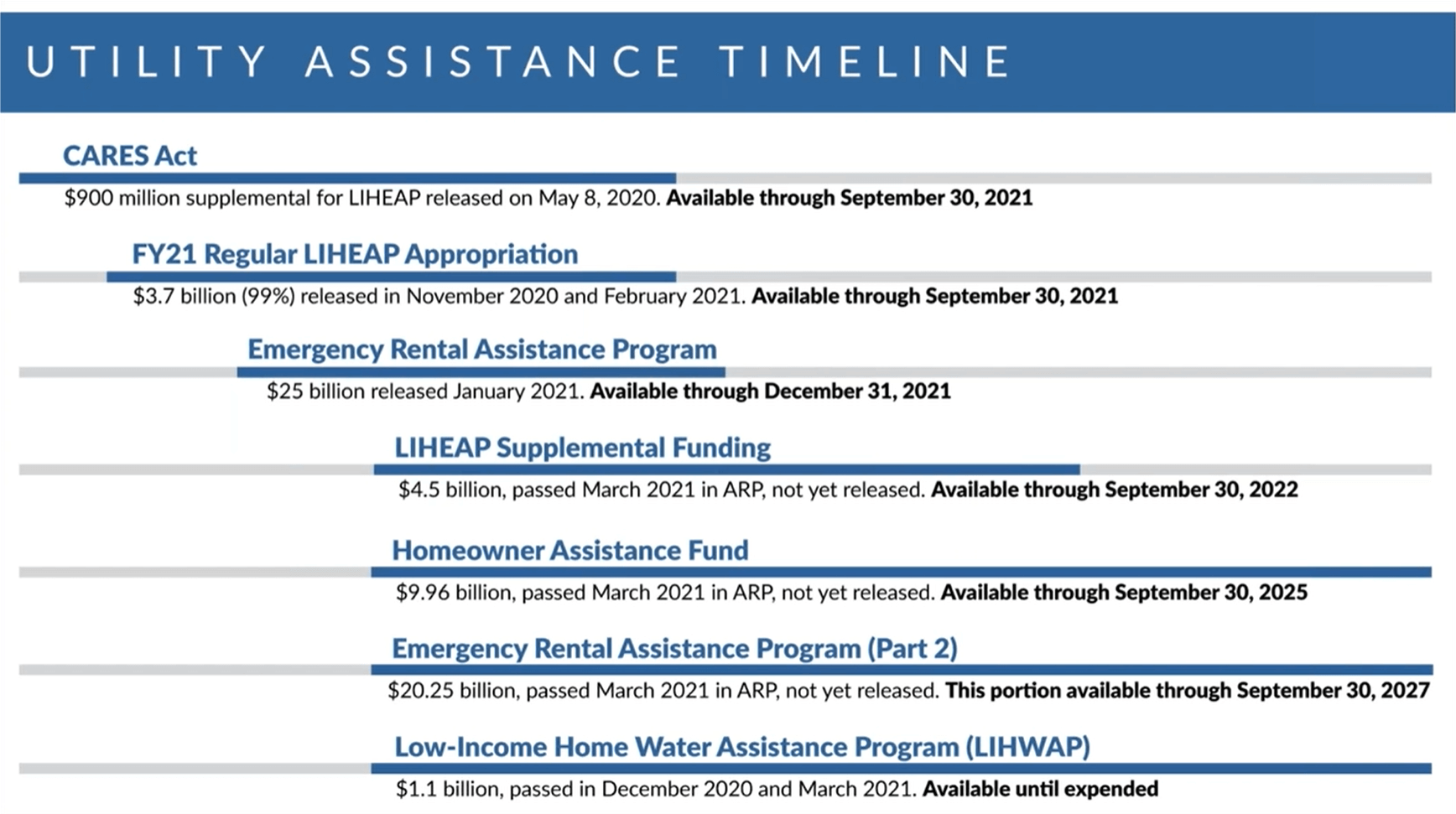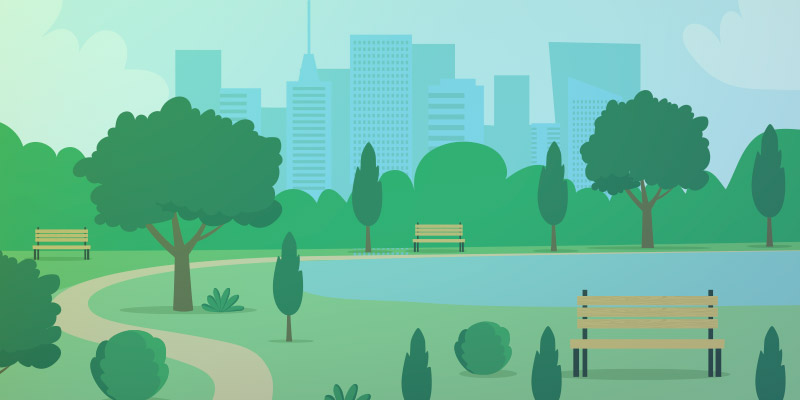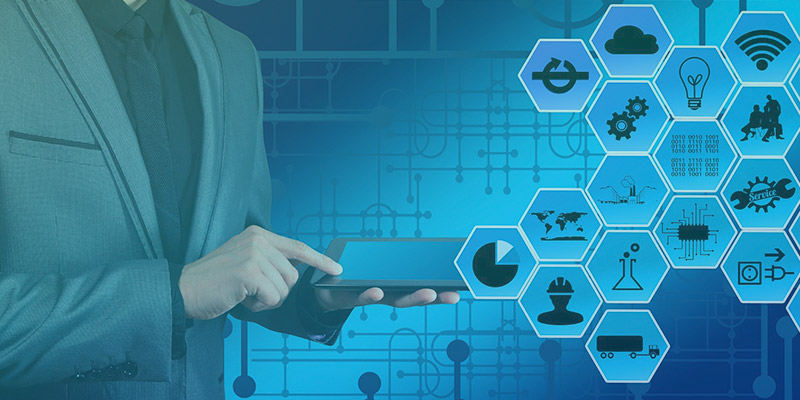3 Utility Session Recaps from CS Week 2021
 Tessa Newell
Tessa Newell

For utility service providers, CS Week is the #1 annual educational and customer service conference serving electric, gas and water/wastewater utility professionals across North America and around the world. This year, CS Week hosted both in-person and virtual conferences, touching on topics that span the entire utility customer experience lifecycle: Analytics, Billing & Payments, Contact Center, Credit & Collections, Digital Customer Engagement, Field Services, and Strategies & Management.
InvoiceCloud was proud to both sponsor and present at this year’s virtual event – but if you couldn’t tune in, don’t worry. Let’s quickly recap a few of the sessions from this year’s premier industry event.
Talking on Their Terms: Customer Trends Changing How Utilities Communicate
Few things are as critical to utility providers as customer communications. Between bill notifications, service change notices, updated hours, or even emergency communications, keeping in touch with customers is incredibly important for utilities.
For their CS Week session, the team at Oracle presented “Talking on Their Terms: Customer Trends Changing How Utilities Communicate.” In particular, they laid out how relevant, timely communications can benefit everyone, from your team members to your customers. Here are a few benefits the Oracle presenters laid out that come from strengthening internal and external communications:
For your team:
- Higher efficiencies with more automation and fewer redundant tasks
- More satisfying and fulfilling UX
- Leads to more productive work days
- Improved experience for consumers means higher KPIs
For your organization:
- Lowers costs
- More revenue from targeted and relevant offerings
- More meaningful connections with customers
For your customers:
- Get the answers they seek as they are seeking them
- Memorable and irresistible experiences that grow the relationship with their utility provider
- Higher customer satisfaction
These benefits are something that InvoiceCloud users know well. Our solution empowers billing organizations to enhance collections and the customer experience with a variety of communication options. From text notifications (billers can send payment reminders or even send pay-enabled texts, where customers can pay right from the SMS message) to our Outbound Campaigns functionality, which allows utilities to send customers targeted, personalized messages about their services, their account, or emergency notices, improving communication practices for utilities is something InvoiceCloud takes great pride in.
Cans and Can’t’s of the Low-Income Home Energy Assistance Program (LIHEAP)
One of our favorite sessions of the week was presented by Katrina Metzler, the Executive Director of the National Energy & Utility Affordability Coalition (NEUAC). She reviews the flexibilities and design of the Low-Income Home Energy Assistance Program (LIHEAP), and what utilities can do within the conditions of LIHEAP – all to help utilities find newly eligible customers that have been impacted by the pandemic and connect them to the benefits available to them.
For starters, this handy timeline created by the team at NEUAC lays out the current and future funding and the programs available and how they overlap one another:

Keeping abreast of these programs – and what they do and don’t permit – is critical for local providers who are relying on utilities to connect them with customers in need. To help determine who those customers are and what assistance providers can offer, Katrina laid out the major do’s and don’t’s of the LIHEAP program.
Don’t’s:
- Cannot give LIHEAP directly to a utility without establishing customer eligibility.
- Cannot change the administrative cap for the program.
- Cannot exceed the state eligibility criteria or serve an ineligible household.
- Cannot violate your own state rules, including for fiscal liability.
- Cannot pay a water or sewer bill.
Do’s:
1. Program design
Flexibilities with how you design your LIHEAP plan are numerous, including the types of benefits you can offer (the heating program, cooling program, equipment repair and replacements), number of benefits and the factors that influence those benefits (more funds to fewer people, fewer funds to more people), and the start and end dates of the grant.
2. Eligibility thresholds
A great example of one of LIHEAP’s flexible thresholds lies in the utility crisis program. Defining if utility customers are truly in “crisis” lies with providers; shutoff notices are not requires by the federal government, so your state can choose to accept this type of crisis evidence or expand to other types of evidence to serve more people in need.
3. Definitions of incomes, household, obligations, expenditures, etc.
All of these definitions vary from region to region, as what “counts” as income is determine by state.
4. Pass-through to weatherization
Providing weatherization services is one way to make certain houses more energy efficient and help homeowners save funds continuously, year over year (i.e., low incomes solar options). Up to 15% of your LIHEAP grant (up to 25% with a waiver from HHS) can go towards these efforts.
5. Local agencies
It’s incredible to see the LIHEAP program going strong and providing financial relief for countless utility customers across the country. InvoiceCloud considers it our duty to promote and support financial inclusivity wherever possible, including in our own product offerings. Providing flexible payment options for all like Fiserv’s CheckFreePay and PayPal’s pay later options like Pay in 4 and PayPal Credit1 allows us to do just that, giving bill payers the opportunity to make payments in whichever way is best for them.
To see how your local agencies are providing LIHEAP assistance or where your regional flexibilities lie, check out NEUAC’s information by state map. And for more information on how to identify utility customers that are in crisis and more need-to-know details about LIHEAP, visit NEUAC or reach out directly at info@neuac.org.
SaaS for Utilities: Keeping Pace with Customer Expectations
For our session, the InvoiceCloud team wanted to overview what specifically makes Software as a Service (SaaS) essential for utility providers – especially when it comes to billing and collections.
So, for starters, what is SaaS?
SaaS is a licensing and delivery model that offers customers all the benefits of an application without requiring continuous software upkeep by in-house staff or a third party. That means SaaS enables your organization with the latest and greatest features, upgrades, and enhancements automatically, without having to download patches or new versions.
You might recognize everyday examples of SaaS in applications like Netflix, Facebook, or Expedia – using this tech is kind of like owning a car that never gets old, because you’re always driving the latest model.
Leveraging the functionality of SaaS is critical for keeping up with the expectations of today’s consumers. Technology has raised the bar for convenient, digital experiences across our everyday life, and although we may not consider making a purchase on Amazon the same as paying a utility bill, customer expectations tend to carry over.
That’s where SaaS comes in. Not only can the continuous upkeep empower your utility organization to always offer the best customer experience possible, SaaS offers major organizational benefits, as well. While SaaS solutions are impactful across almost any industry or business function, there are a few reasons SaaS is the best delivery model for utility payments, specifically.
Check out the on-demand presentation below to get all the insights shared with CS Week crowd, plus exclusive case study data from a major Southwestern utility that saved $900k/year in annual operating costs with InvoiceCloud.


